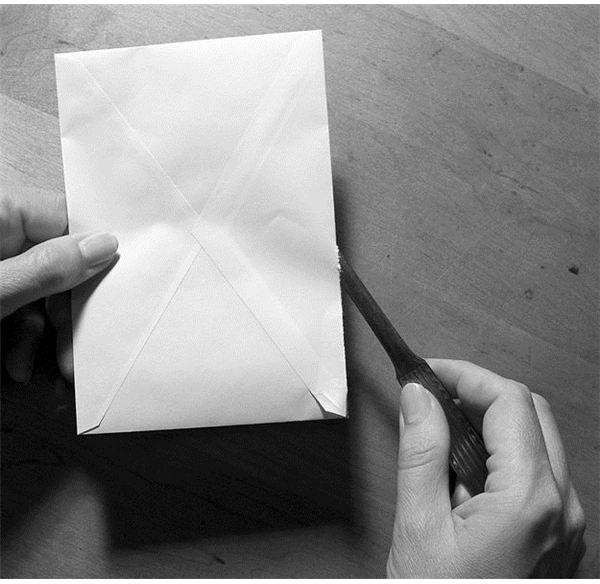How to Write the Parts of a Business Letter
The Six Parts of a Business Letter
Virtually any business letter can be broken down into six identifiable parts:
- Date
- Sender’s address
- Recipient’s address
- Salutation
- Body
- Closing (oftentimes referred to as the ‘complimentary close’)
At first glance, it would seem that the parts of a business letter a pretty straight forward; after all, how hard can it be to write a date or salutation? In reality, the proper or improper use of language and punctuation can make a huge difference when it comes to being taken seriously as a business professional. Remember also that a letter writer must adapt the style of the communication to fit the character of the company she addresses; for example, an organization that prides itself on being ‘hip’ may not have much use for a very formal style of salutation.
Layout
The writer has three options(1) with respect to formatting.
- Block style (format everything left-justified)
- Modified block style (like above, except the date and closing are tabbed once)
- Semi-block style (left-justified but each paragraph is indented)
The business writer should avoid alternate formatting layouts and instead stick with one of these options. In addition, keep the font as Times New Roman with a size 12. Granted, some letters are written in Arial font, but they are few and far between. If a writer feels compelled to go with another font, avoid the script styles that may be difficult to decipher.
Common Pitfalls for Business Letter Writers
- Punctuation is frequently a problematic issue for the letter writer. It pays to remember that after the salutation goes a colon; after the closing, however, goes a comma.
- Adapt the date format depending on the recipient. While in American business correspondence the acceptable format is “Month Day, Year” (i.e. July 1, 2010), European companies generally use “Day Month, Year” (1 July, 2010). Always write out the name of the month, otherwise it gets confusing (7-1-10 vs. 1-7-10).
- Use the business letter for one specific purpose. For example, a writer may wish to acknowledge another business’ correspondence and let its author know what actions are being taken. Another reason to write a business letter would be a formal announcement, such as a new business partnership or event. While the former is more a matter of customer relations, the latter falls into the marketing category. There are also other reasons to write business letters; examples include requests for information, cover letters to accompany a resume, thank you letters and disputes.
In the modern electronic age of business email and texting it may seem that the parts of a business letter are an antiquated art. While this may hold true in some respects, it is also correct that there are still plenty of worldwide businesses that judge a letter writer (and company) by her ability to properly format and compose a piece of basic corporate correspondence.
Source
(1)https://englishplus.com/grammar/00000150.htm
Photo Credit: “Letter being opened” by Frank C. Müller/Wikimedia Commons at https://commons.wikimedia.org/wiki/File:Briefoeffner_mit_kuvert_und_hand_fcm.jpg
